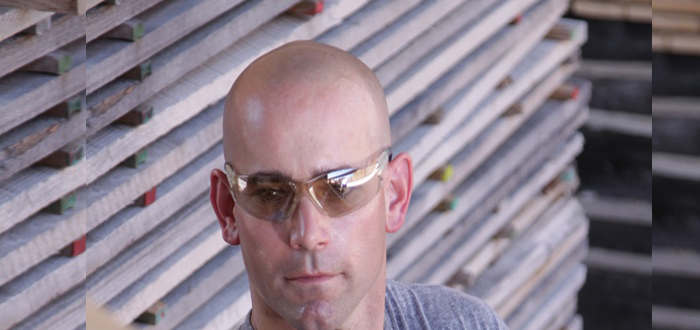-
ROSSLARE EUROPORT TARGETS HEALTH & SAFETY WITH CAMERA TELEMATICS PARTNERSHIP - 2 days ago
-
Landmark Study Reveals Wearable Robotics Significantly Boost Safety and Efficiency in Industrial Environments - July 24, 2024
-
Visku Tackle The Retail Seasonality Challenge One Pallet At A Time - July 22, 2024
-
KAMMAC AND BERGEN LOGISTICS STRENGTHEN FASHION & LIFESTYLE SERVICES IN THE UK - July 19, 2024
-
TENTBOX EXTENDS PARTNERSHIP WITH ARROWXL TO SUPPORT INCREASING DEMAND - July 17, 2024
-
The Perfume Shop improves customer journeys while driving profitability in partnership with Scurri - July 17, 2024
-
ZEROMISSION SECURES £2.3M ($3M) INVESTMENT TO ACCELERATE ELECTRIC FLEETS - July 16, 2024
-
BCMPA CELEBRATES SUCCESS OF 2024 CONFERENCE - July 15, 2024
-
Best of the Best: Jungheinrich Celebrates Triple International Award Win - July 12, 2024
-
GOPLASTICPALLETS.COM CALLS ON NEW CHANCELLOR RACHEL REEVES TO CONSIDER PLASTIC PACKAGING TAX REFORM - July 10, 2024
Light fantastic – the importance of lens colour in eye protection.
Safety eyewear is a pre-requisite for numerous working environments from building and construction, right through to food manufacturing and pharmaceutical industries. However, how many people really consider the lens colour during specification? Here Sangeeta Aeri, technical manager at Supertouch has teamed up with eyewear specialist Pyramex, to talk through the basics of lens colours and the importance of getting it right.
It can be all too easy to assume that any type of eyewear is better than nothing, but this simply isn’t the case. You only need drive by a building site in the warm summer months to see numerous workers sporting sunglasses while working. While the anti-glare properties of some sunglasses might be fit for purpose, they simply aren’t designed for the job-in-hand and can actually cause more harm than good in the event of an accident.
As well as features such as shatterproof lenses and impact protection, one of the least understood areas of eyewear specification is lens colour technology. In fact, according to the RNIB, UVA and UVB rays from sunlight could be a major contributing factor in a number of eye diseases including cataracts. The key therefore is to limit the eye’s exposure to UV rays through the use of the appropriate safety eyewear for the working environment, whether an individual is working indoors or outdoors.
It certainly pays to seek advice from the experts when choosing lenses, as there are so many factors to consider and options available. Taking the most popular lens colour choices, here we provide an overview of the basics. Starting with the most popular, clear lenses featuring polycarbonate block 99.9% of UVA and UVB rays.
Offering the same UVA and UVB protection, grey lenses are a popular choice for outdoor applications, with the ability to reduce glare in bright sunlight. Other lenses suitable for outdoor applications include silver mirrored, which have the added advantage of blocking blue light; a factor recently highlighted in research as being a cause of increased eye damage.
Moving to indoor working environments, clear lenses are an obvious choice particularly in industrial applications, ensuring impact protection for the wearer as well as clarity, with 92 per cent of visible light transmitted through them. In environments where there is perhaps a low levels of light, such as driving in inclement weather conditions, amber lenses are an ideal choice – helping to enhance contrast, while protecting against UVA/UVB rays.
So what about workers that move from indoor to outdoor applications, such as those in logistics or construction roles? Indoor and Outdoor (I/O) mirror lenses are in fact the best option for these applications. Featuring clear polycarbonate and with a light gold mirror coating, I/O lenses offer 100% protection against UVA and UVB rays providing visibility in environments with varying levels of light.
Finally, Shade 3 and Shade 5 Green lenses with an Infra-Red (IR) filter are commonly used in gas welding applications, allowing very small levels of visible light through the lens, but blocking almost all UV, IR and Blue Light, giving the welder complete protection from the process.
Needless to say, while there may be an element of personal choice in safety eyewear specification, lens colours can and do make a difference in the working environment, helping to protect the users from risk. The advice is simple – consider the suitability of eyewear in each and every application and when in doubt, seek advice from the experts who will be only too happy to help.
For more information about the Pyramex range of protective eyewear or, to discover more about a wide-range of PPE and workwear available at Supertouch please call 0345 130 9922 or visit: www.supertouch.com

































